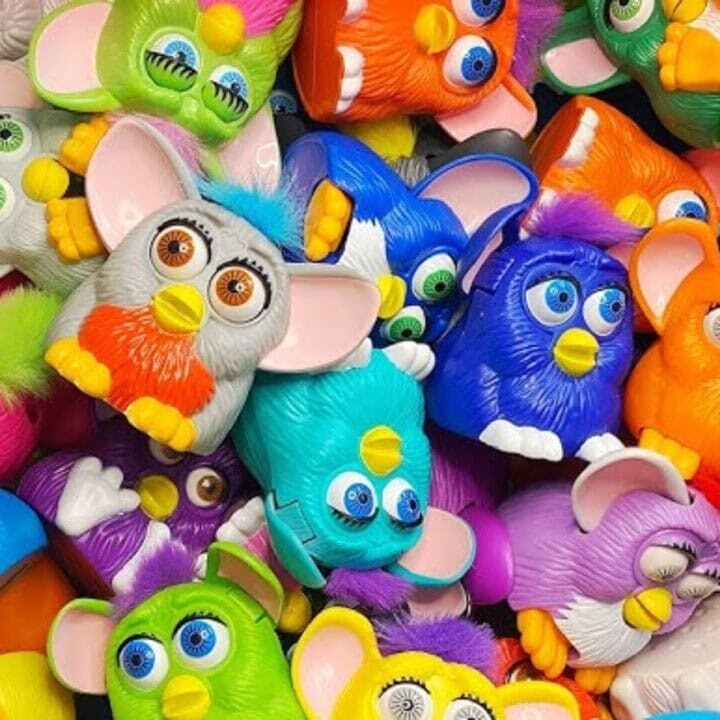
Unplugged but never silenced: Furby’s haunted legacy proves some toys never rest—even without batteries.
Written by Lauren Lees
If you were a little girl in the late 90s or early 2000s, there’s a good chance you once awoke with a start, cowering beneath your Groovy Chic or Bratz duvet. With your feet tucked firmly under the covers and the blanket pulled over your chin, you might have watched in horror as a rabid, electric teddy shook, glowed, and babbled in Furbish at 2 a.m. Furbies. We all remember the rumours that haunted them. Some claimed they were spies sent from overseas to record us; others argued they were sentient beings with actual consciousness. As a child, I wholeheartedly believed these tales, and my Furby eventually faced exile to the depths of my wardrobe. She was buried beneath a mountain of princess dresses and plastic heels for eternity. But now that I’m an adult, I can’t help but wonder: what was the real story behind these spooky rumours that even adults seemed to buy into?

Hasbro released the Furby in 1998. This animatronic, robotic toy featured bright, colourful fur, moving ears, a round yellow beak, and—most unsettlingly—massive, glassy, blinking eyes. Often regarded as one of the first popular robotic toys, Furbies quickly became the It Girls of the late 90s, with Hasbro selling 40 million of them in the first three years alone. The interactive toy truly changed the game. What could be better than a fluffy, otherworldly pet that moved and spoke? It was the ultimate consolation prize when your parents said no to a puppy. “Move over, boring baby doll that doesn’t talk, I want a Furby!” You can imagine the excitement that getting one brought.
Picture those wide-eyed kids on Christmas morning, anxiously watching their parents untwist the silver wire shackles binding the Furby to its cardboard prison, desperate to fill it with 4 AA batteries. When a Furby is first switched on, it opens its eyes and lets out a low muttering in gibberish—known as Furbish. Stroking the Furby and watching it respond was nothing short of captivating at the time. The Furby was seen as sweet, odd, and endearing… until you heard it say an English word, and your heart fell out of your chest. What did it just say? How did it do that?
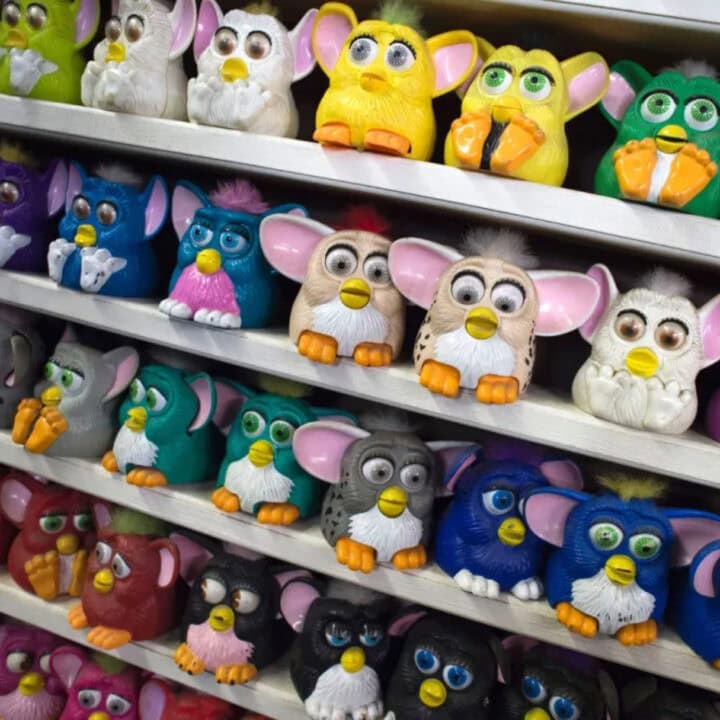
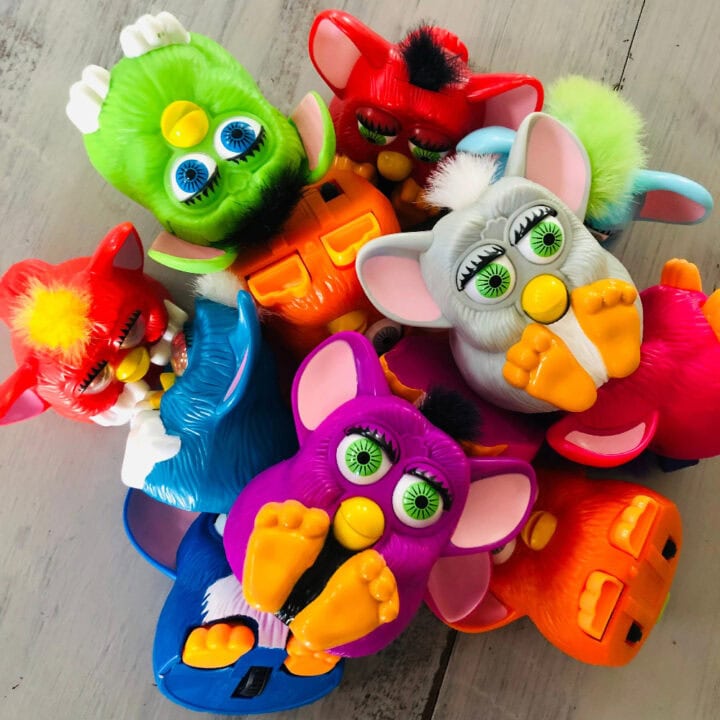
(I have just ONE question for Hasbro: how do you expect a child to think anything else in this scenario except This thing is listening to me and learned this from ME. This is creepy.) The English word was often something common, like “hello” or “hungry,” but for a child, this didn’t make it seem any less likely that the Furby had picked it up from them. Chaos ensued, as mischievous kids everywhere would try to teach their Furby swear words. I can’t help but admire the creativity.
___STEADY_PAYWALL___
Of course, the reason Furbies started speaking English wasn’t paranormal at all, but actually quite logical. Each Furby was programmed to speak two languages: initially, only Furbish, but gradually incorporating more English words as it was played with, mimicking the effect of a human learning a second language. (Sorry to spoil the fun, but if you thought you heard your Furby swear, you misheard—Hasbro insists they weren’t programmed with any profanities and had no recording devices inside.) Still, as a child, when your alien-like pet suddenly starts speaking English, it’s easy to believe it’s conscious and watching you!
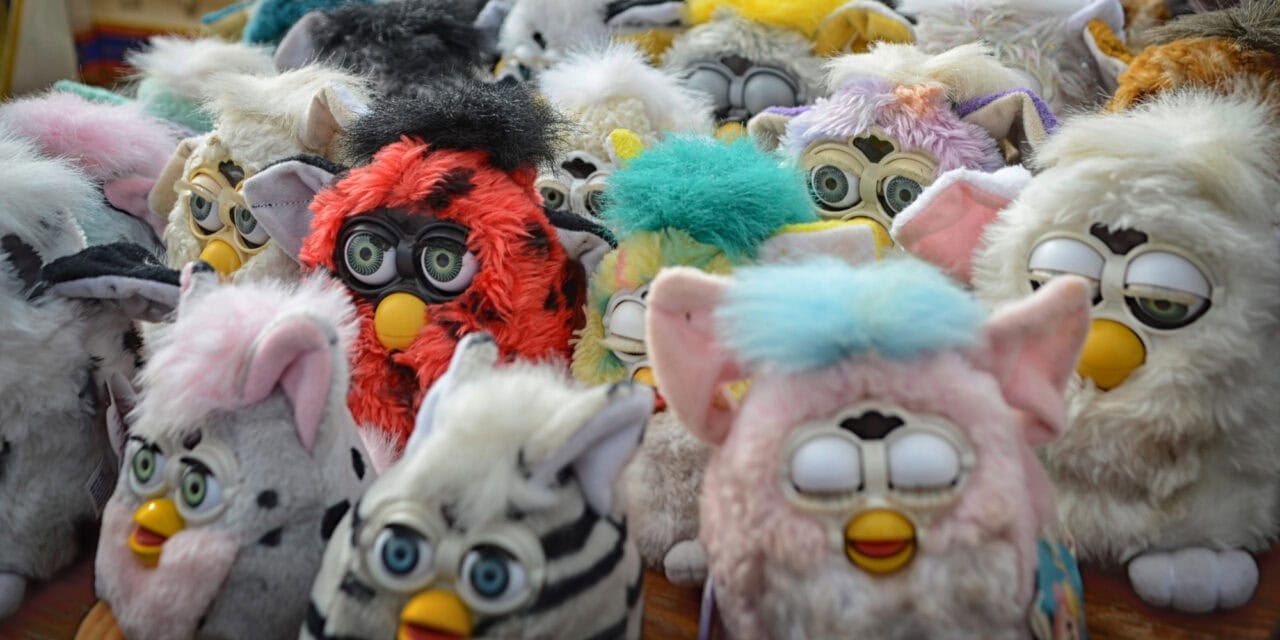
If you managed to get past the creepy language leap and kept playing with it, the next level was to “turn it evil.” Among young girls, it was common knowledge that if you “overfed” your Furby by sticking your finger in its mouth and rubbing its belly, it would go rogue. Surprisingly, this actually had some truth to it. Overfeeding the Furby caused it to shake, narrow its eyes, and act quite wild—eerily similar to the purple evil Minions from Despicable Me.
And then there was the nightmare scenario: you’re woken up in the middle of the night to a manic Furby that refuses to turn off. Even if you removed the batteries, it would continue its frenzy of vibrating and shouting. Clearly, it had to be alive… and evil. Scenes like the one I described earlier became common, with Furbies being buried, smothered, or flung at parents in a desperate attempt to silence them.
What most people didn’t realise at the time is that Furbies contained an internal battery under their fur, which is why they seemed unstoppable. This tiny detail—and the lack of awareness around it—helped fuel the rumours that the Furby was recording conversations or that its eyes housed a hidden camera. I vividly remember tapping on my Furby’s eyes, staring into them, convinced there was an M.I. High-style villain watching me on the other side, petting a white rabbit. (At that age, I also believed that Disney’s Cars had stolen its plot from me, as my Furby had watched me make my toy cars race and talk. I felt utterly robbed, but that’s a different story.)
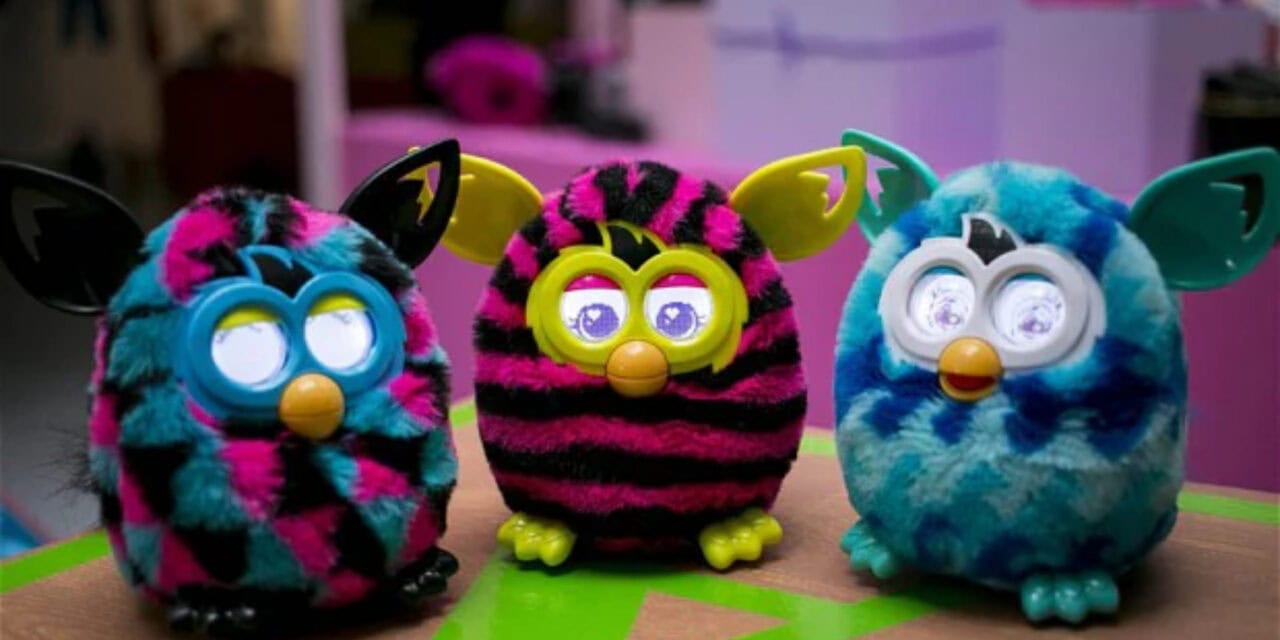
The paranoia wasn’t limited to kids either; even American authorities got involved, with reports suggesting that the National Security Agency issued a memo banning devices with built-in recorders—including Furbies—from its premises. Hasbro repeatedly denied that Furbies were spies, yet the rumours continued, and eventually, Furbies faded in popularity, relegated to eerie corners of childhood memory.
A new generation of Furbies returned in 2012, this time with an interactive app. They spoke both English and Furbish from the outset and, thankfully, could actually be turned off. Today, in 2024, there’s a niche but well-established community of vintage Furby collectors, many of whom say their late-90s models still work perfectly. It’s enough to make you wonder—maybe these creatures are alive after all!
Enjoyed this story? Support independent gaming and online news by purchasing the latest issue of G.URL. Unlock exclusive content, interviews, and features that celebrate feminine creatives. Get your copy of the physical or digital magazine today!










